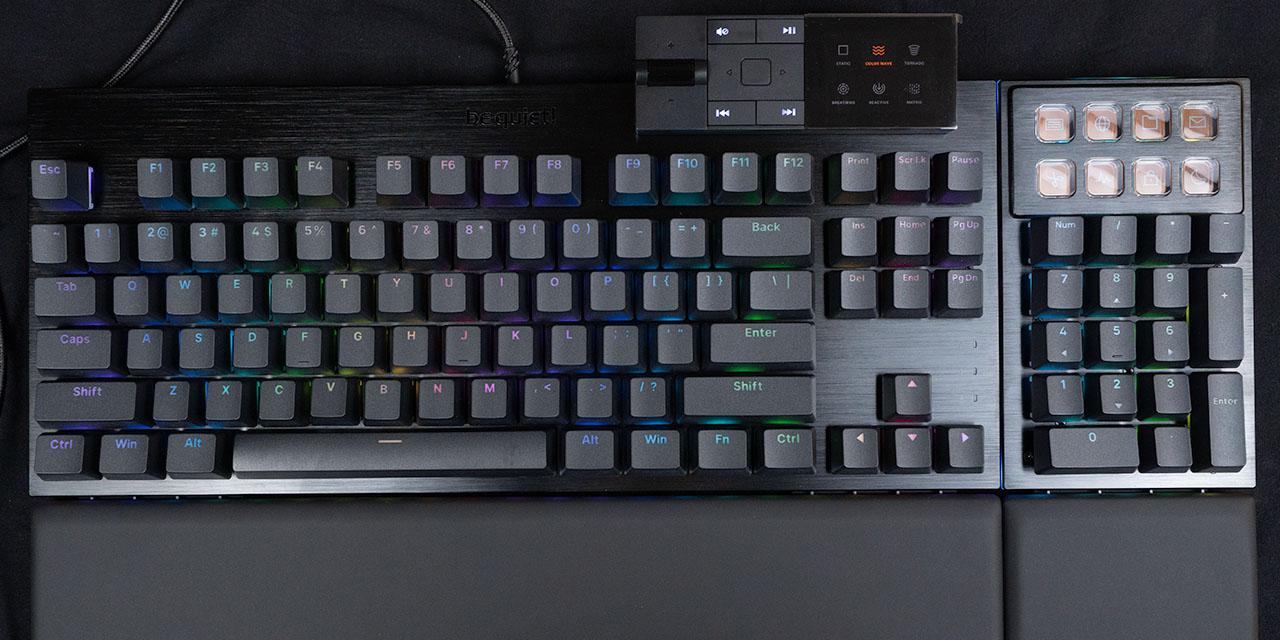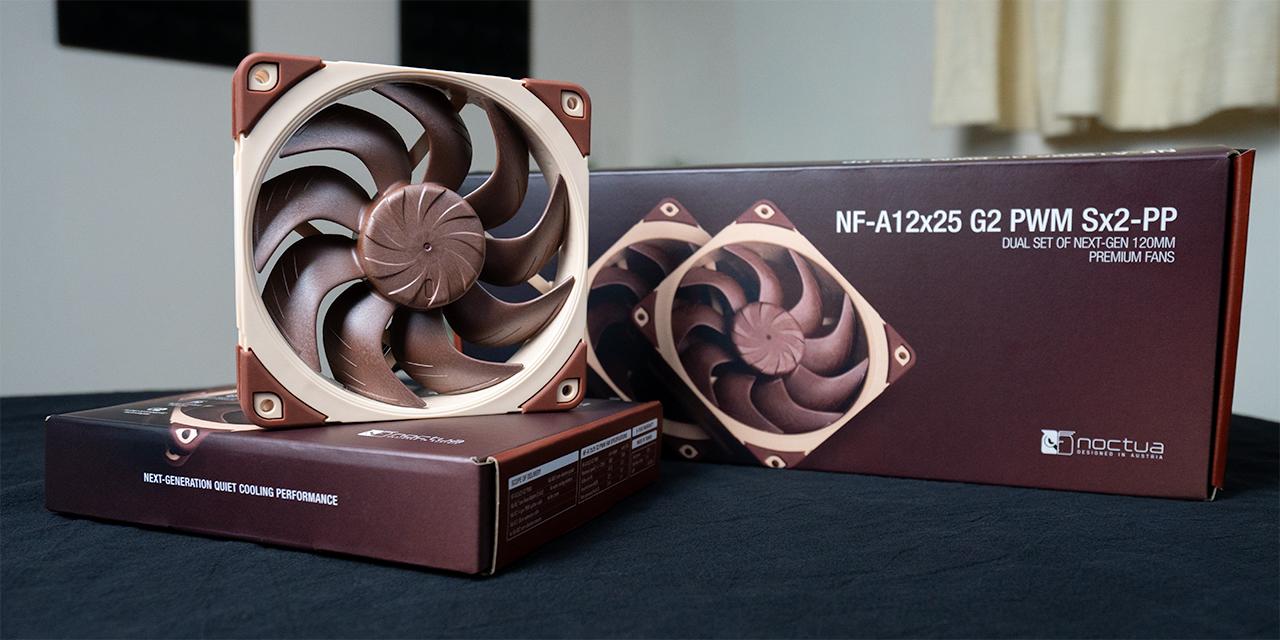Page 3 - Subjective Audio Analysis

Reviewing audio devices requires extensively trained ears, lots of experience, and sufficient technical knowledge. Even for the experienced auditioner, it may prove challenging at times to obtain an accurate evaluation of a product without a thoroughly familiar product to use as a simultaneous reference. Furthermore, many self-proclaimed audiophiles are susceptible to biased write-ups due to placebo effects from false advertising. While I am not going to even try to claim that I am the only trustworthy or best evaluator for sound, it is fact that most computer review sites have editors who are insufficiently trained in reviewing audio equipment. Give them anything and all you will read about goes along with the line of "good bass, nice midrange, impressive treble, really clear sound, 10/10". While there are many knowledgeable audio reviewers at various respected online media outlets, they are by far the minority.
As I have mentioned in my past audio reviews, there are no true objective measurements for speaker sound quality. As the evaluator, however, I will put it through a series of subjective tests to try to produce the most objective rating possible. Yes, it sounds like a paradox. On the wired side, tests were conducted primarily on my computer via a USB Type-C cable connected to my ASUS motherboard. For Bluetooth wireless tests, I used an Apple iPhone 15 Pro. After over 100 hours of break-in time -- well above the typically required period -- we put the Creative Sound Blaster GS3 to the tests. All tracks on our devices are high bitrate files. Equalizer and virtualization settings were disabled, unless specifically mentioned in the review.
Before diving into the details, it is important to recognize the Creative Sound Blaster GS3 is small, which means we have some physical limitations. In my own testing, I found myself keeping the volume at 75% or higher, which is higher than what I normally use. At this size, I was pleasantly surprised that the Sound Blaster GS3’s sound could fill up my computer room. For its maximum output of 12W RMS, prospective buyers should expect to use this in a small- to medium-sized room, which is reflective of my own listening environment.
Starting at the low end, the Creative Sound Blaster GS3 was a lacking. With its frequency response starting at 65Hz, which is above the 20Hz floor of typical human hearing, there was a notable lack of lower-end sound. The sub-bass was not present. Creative countered this with the back-facing port hole and increasing the mid-bass range, but the proof was in the pudding. As such, sounds in this region were lackluster and missing a large chunk of the bottom-end. This caused the bass to feel hollow and boomy. Bass drum kicks felt empty, and grooves in bass guitars felt light and without motion. Overall, it was not too surprising given the specifications and the size, but I would not be looking at the Sound Blaster GS3 if you are looking for some deep resonating thump.
In the middle region, the Creative Sound Blaster GS3 was solid. Vocalists were noticeably clear and audible, but tended to the drier side. I think part of this was due to the lack of lower end but also the lack of reverberation in the vocals. Instruments like the acoustic guitar and piano were reproduced with clarity but it lacked the natural wooden resonance. They felt cool, a bit metallic, and lacking in richness.
At the trebles, the Creative Sound Blaster GS3 was decent, but not necessarily amazing. Higher-ranged instruments such as violins and flutes came through clearly with vibrance and sharpness. Similarly, percussive elements like high hat crashes and cymbals were sharp, but almost to a fault. Sibilance was notable with S-sounds feeling a bit too crisp and potentially uncomfortable. Overall, the sound characteristic of the Creative Sound Blaster GS3 was like a hill, with the middle regions being more pronounced than the two bookends of the frequency range. There was not much bass, and the highest end of the trebles did roll off slightly. However, there were also some dips in between the lower-end and the midrange, as well as the midrange to the trebles.
In terms of soundstaging, there was no denying that the Creative Sound Blaster GS3 was narrow in its reproduction. It was quite clear the sound was coming from the two drivers rather than creating an immersive experience. There was not too much separation, as all the instruments felt quite close together and on a narrow stage, lacking in both width and depth. The image it created was natural but without directionality. One creative effect Creative implemented was SuperWide, which is meant to alleviate this issue. This affected all areas of the sound analysis, as there was a notable separation created between the midrange and the treble. It forced the midrange to be more forward, while other frequency ranges, both higher and lower, were recessed and felt more separated. Some reverberation and delay were added to create a larger perceived image. I was quite surprised with how effective it was in specific genres of music. On the other hand, enabling it introduced some issues. With the virtual enhancement, I heard a bit of distortion in music with some slight pitch variations. It is possible the enhancements caused this or at a minimum made it more audible. This was more apparent when listening to solo instruments, but it was audible in detailed tracks too. While these virtual effects can be helpful, there are still constraints.
As for layering, the Creative Sound Blaster GS3 struggled in this area. I found the soundbar was overwhelmed with more instruments and voices, causing for a lower resolution of sound and a loss of detail. Everything was still audible, but the soundbar's precision and definition suffered. The frequencies felt cramped together, causing for a lack of separation and further affecting the resolution of detail. Everything felt cohesive like it was coming from one source, but I would not necessarily say there were clean transitions between the layers of sound either. Unfortunately, SuperWide caused a further loss in detail and resolution due to the virtual effects accentuating these problems. The Creative Sound Blaster GS3 would also benefit from a bit of cleaning up in the sound.
For a soundbar of this size, I think the Creative Sound Blaster GS3 performed admirably, but there is no denying the physical and power limitations. Enhancements like SuperWide might help artificially create a more immersive sound, but it also introduced distortion and a loss in details. On the other hand, Creative does not intend this product to be made for critical audio listening. Instead, the Sound Blaster GS3 provides larger audio than you might expect for its size, making it suitable for replacing basic PC speakers or built-in options in a single, compact unit.
Page Index
1. Introduction, Packaging, Specifications
2. Physical Look - Hardware
3. Subjective Audio Analysis
4. Conclusion





